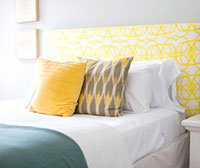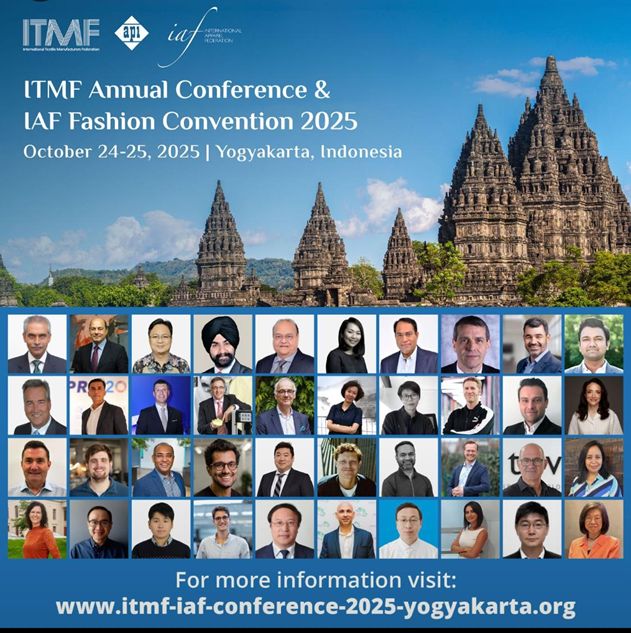"For decades the home textiles business focused on launching a wide range of products. These included everything from bed sheets and comforters to towels. But recently, the industry has started to curtail its product excess as it is finally discovering that less is often more. This was particularly evident at this year’s New York Home Fashions Market held in September 2019. The twice-yearly trade show, held in closed showrooms along Manhattan’s lower Fifth Avenue, recorded a bulk business worth $25 billion in home textiles market."
 For decades the home textiles business focused on launching a wide range of products. These included everything from bed sheets and comforters to towels. But recently, the industry has started to curtail its product excess as it is finally discovering that less is often more. This was particularly evident at this year’s New York Home Fashions Market held in September 2019. The twice-yearly trade show, held in closed showrooms along Manhattan’s lower Fifth Avenue, recorded a bulk business worth $25 billion in home textiles market.
For decades the home textiles business focused on launching a wide range of products. These included everything from bed sheets and comforters to towels. But recently, the industry has started to curtail its product excess as it is finally discovering that less is often more. This was particularly evident at this year’s New York Home Fashions Market held in September 2019. The twice-yearly trade show, held in closed showrooms along Manhattan’s lower Fifth Avenue, recorded a bulk business worth $25 billion in home textiles market.
Over the past few seasons, this sector has been working to launch new products with attributes like sustainability, transparency and naturally sourced materials. The New York Fashion market show reflected these new sensibilities in core bed and bath products.
Shifting to a more sustainable model
Bed and bath products have always earned a bad reputation for their abundant use of natural resources. However, now the fashion industry plans to move to a more sustainable model by emphasising on recycled products and individual components. Since around 90 per cent of home textile products come from the Asian production powerhouses of China, India and Pakistan, understanding their manufacturing chain is often a challenge for vendors. These vendors are now able to trace the raw materials in their products back to their growing fields by using DNA marking, RFID tagging and other new technologies.
However, now the fashion industry plans to move to a more sustainable model by emphasising on recycled products and individual components. Since around 90 per cent of home textile products come from the Asian production powerhouses of China, India and Pakistan, understanding their manufacturing chain is often a challenge for vendors. These vendors are now able to trace the raw materials in their products back to their growing fields by using DNA marking, RFID tagging and other new technologies.
Certification gains importance
Home textiles have always been viewed as free-for-all products as there are no real regulatory or safety standards governing these products. Now, international third-party organisations like Oeko-Tex and Global Organic Textiles Standard (GOTS) are rising in prominence at the urging of retailers who want to offer a point of differentiation for their products.
The spectrum of raw materials has increased dramatically over the years, with the introduction of tree-derived cellulose, linen, bamboo and other natural fibers. Though Cotton still maintains its majority market share, several new differentiators like Supima, Egyptian and Better Cotton Initiative (BCI) also exist n the market.
Products with CBD extracts
Several companies also introduced bedding products containing CBD extracts either applied topically to the fabric or infused into the fibers. These companies implied that these CBD products are good for the well-being of their consumers.
All attention paid by companies to technology, innovation and product performance was in stark contrast to earlier editions which purely focused on fashion. The only real exception to the less-is-more dictum was in the form of the weighted blanket showcased by countless companies at the event.












